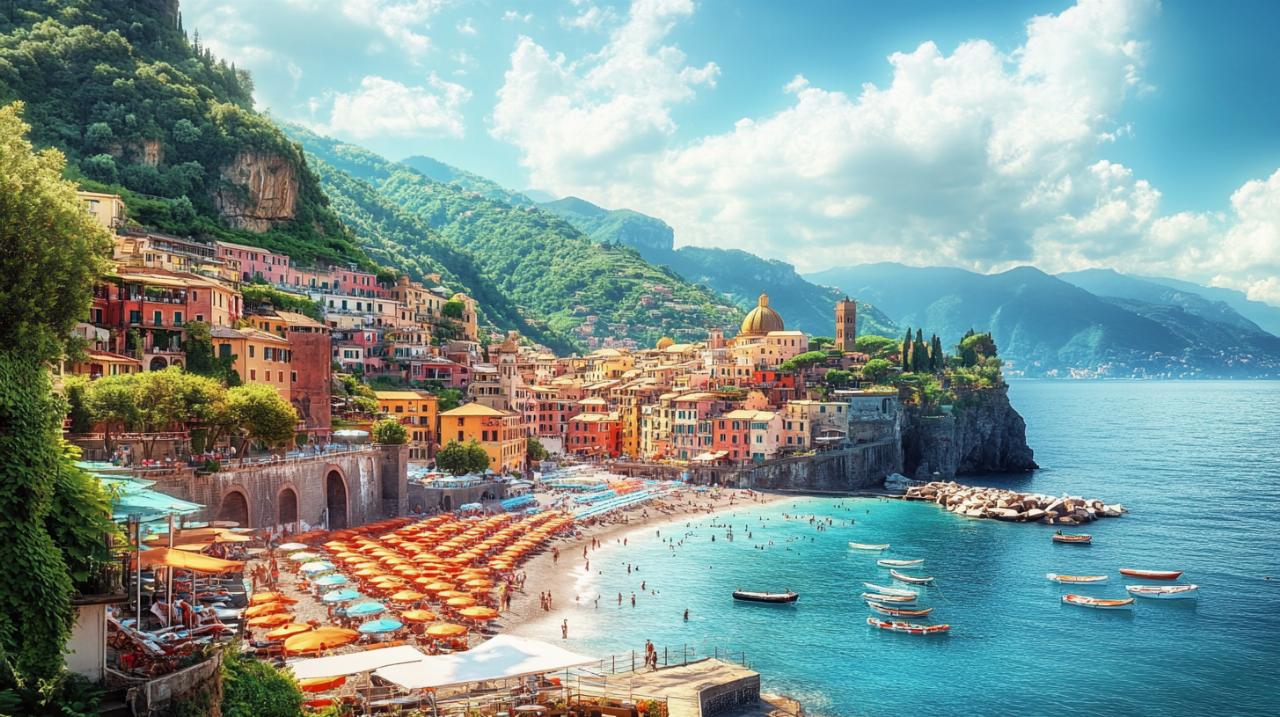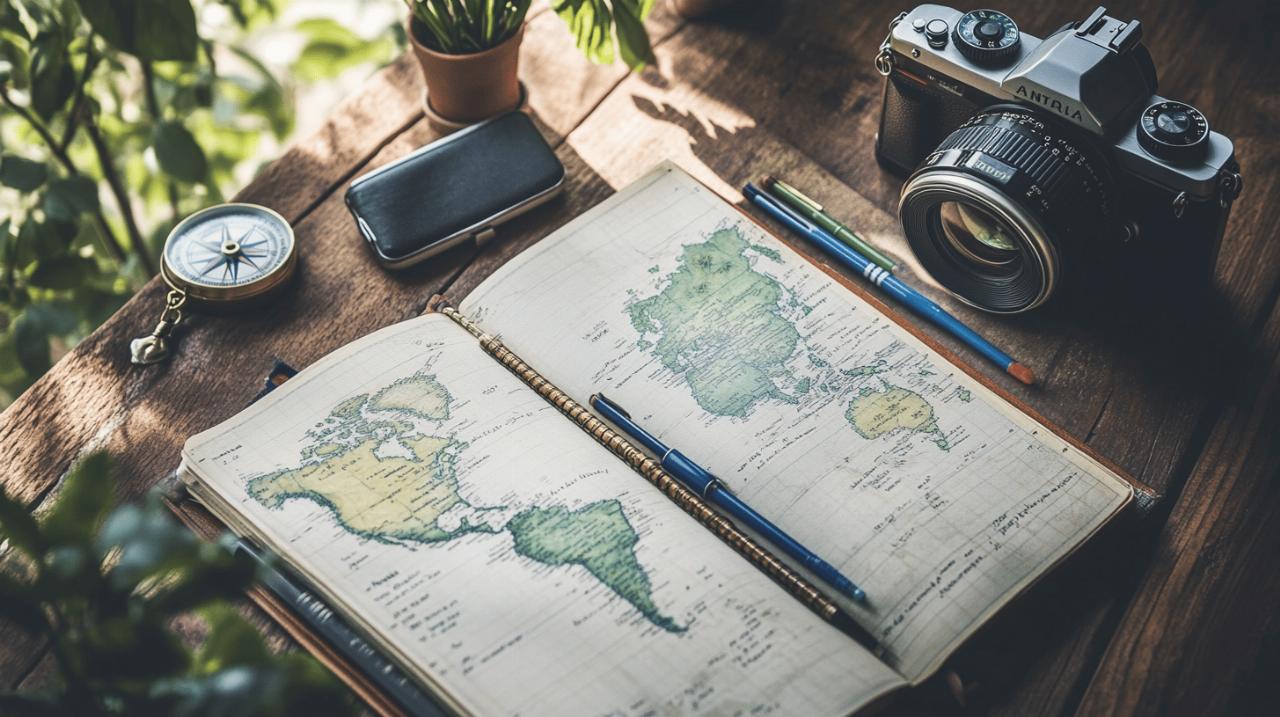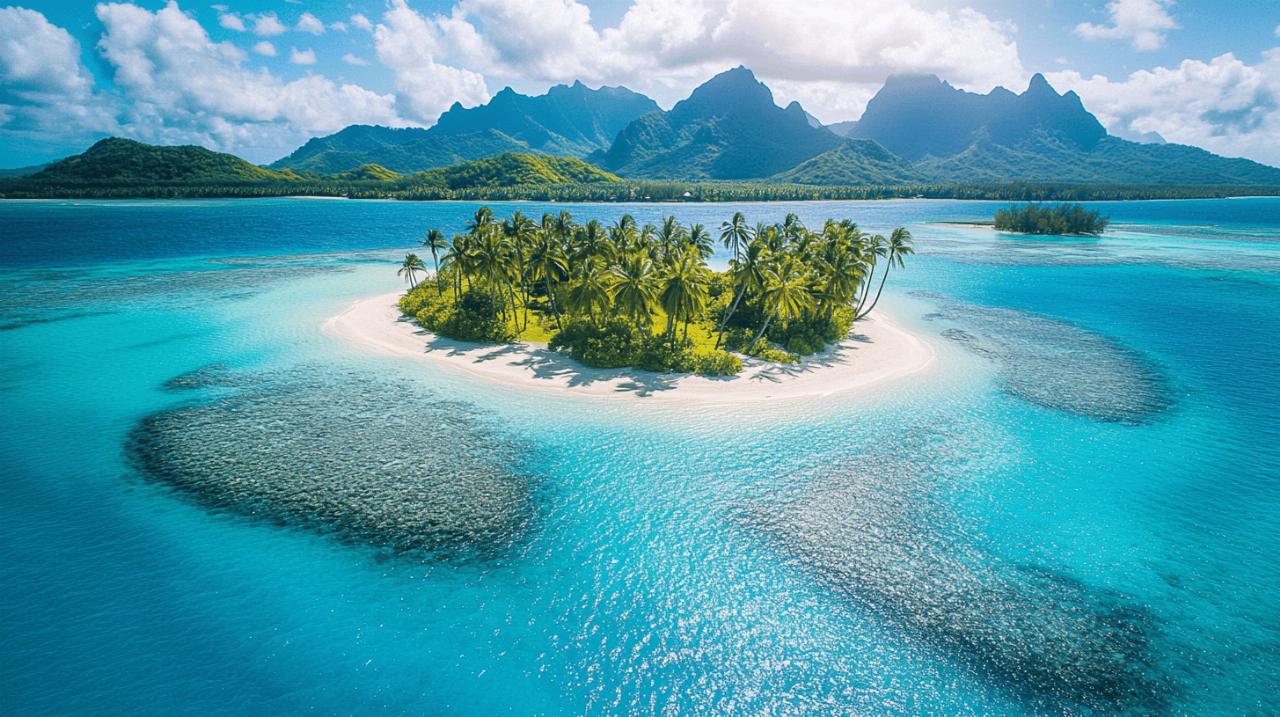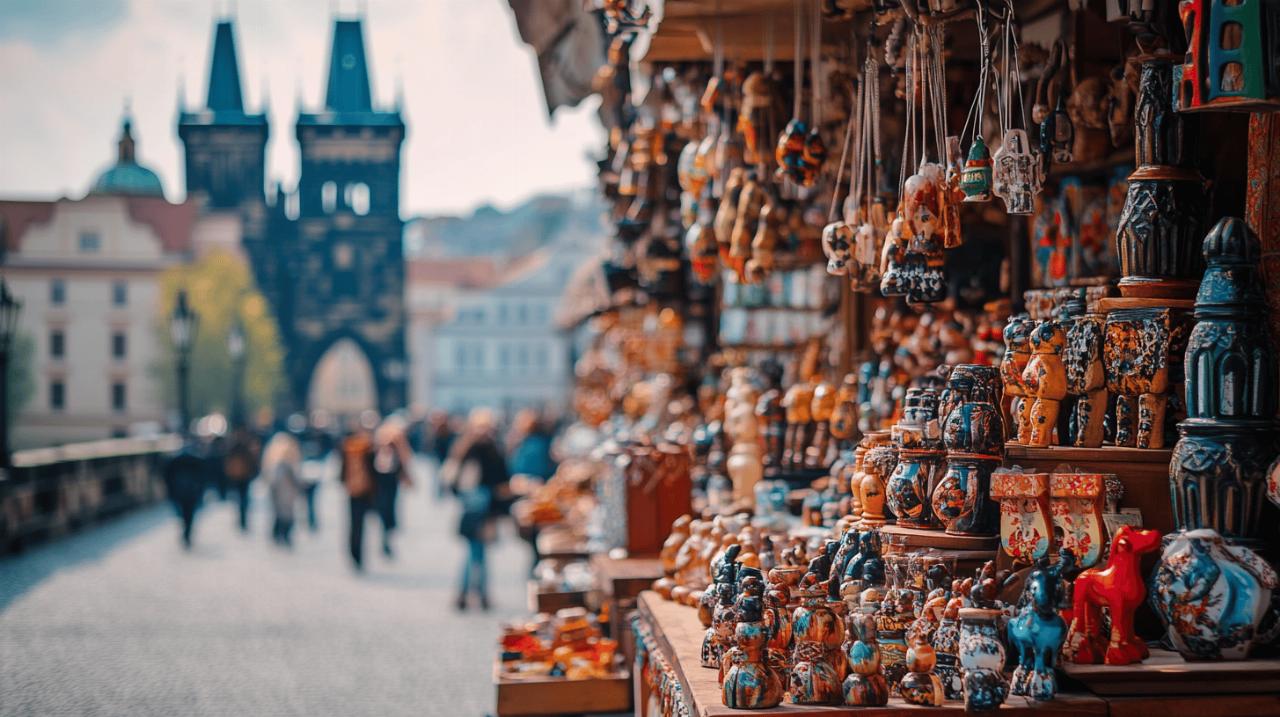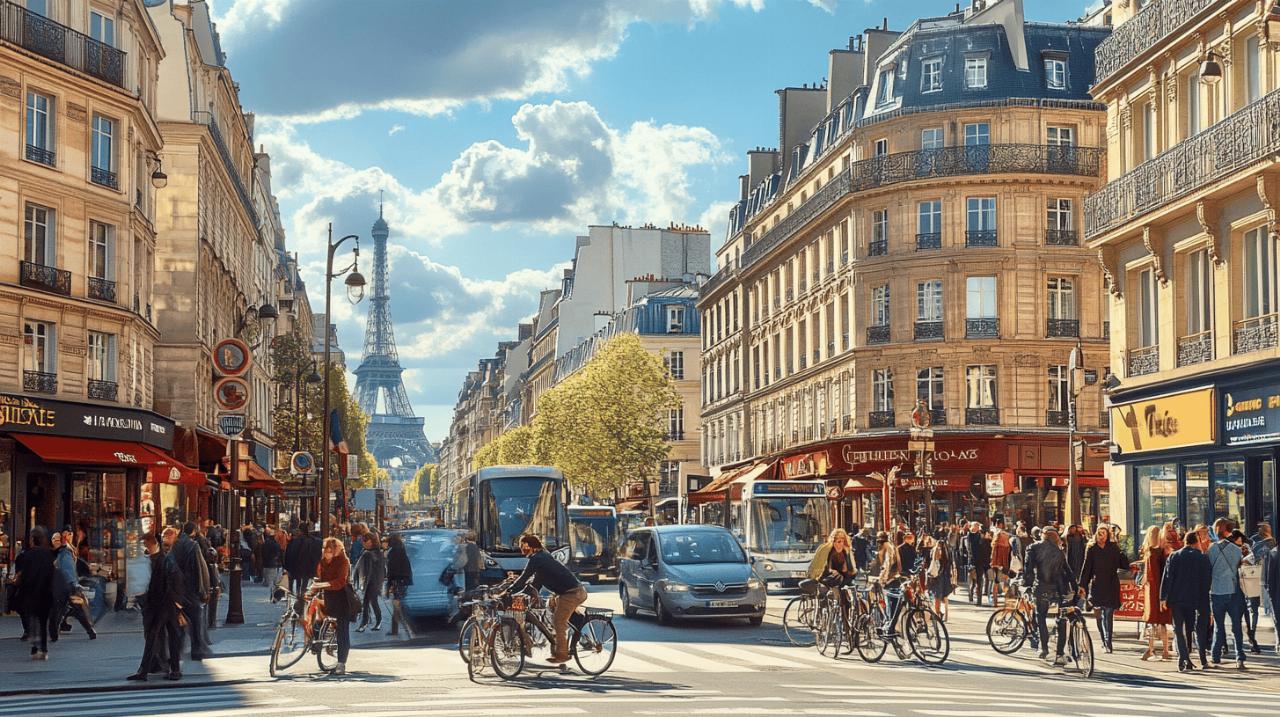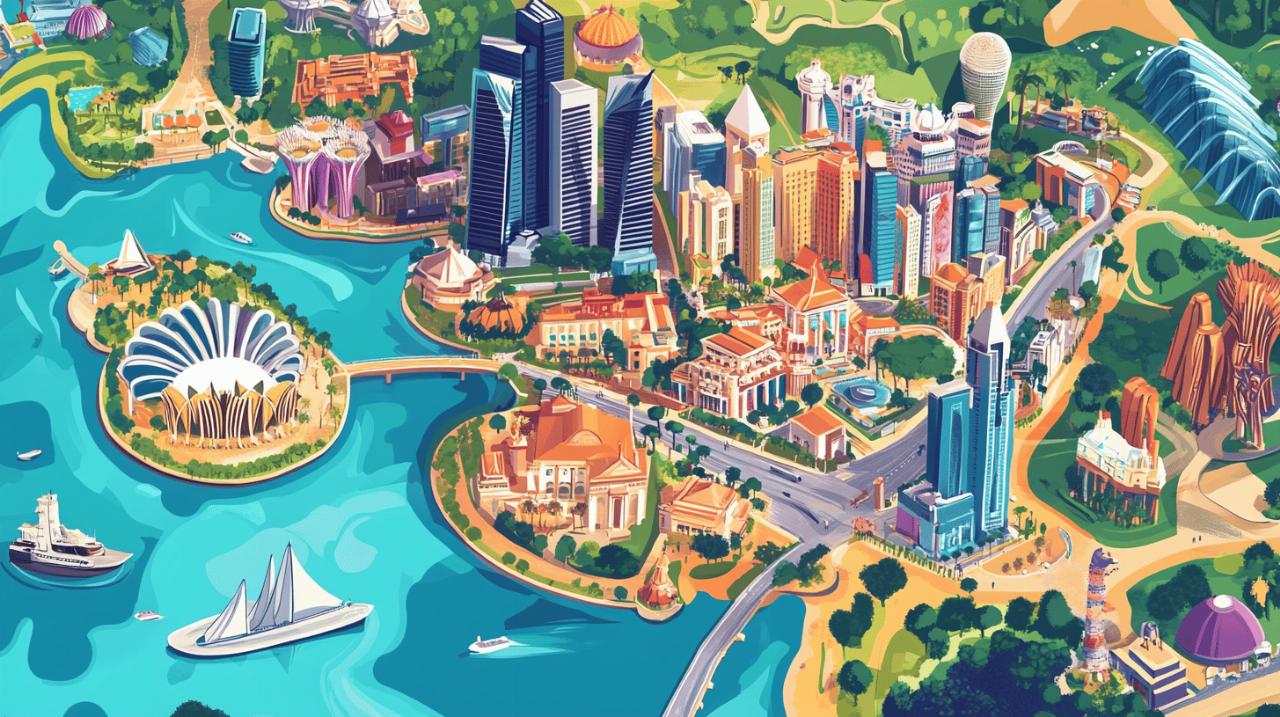Embarking on an Italian adventure in August presents a unique blend of opportunities and challenges, particularly for those drawn to the nation's celebrated wine regions. Whilst the month brings long sunshine-filled days and the vibrant pulse of Italian summer culture, it also demands thoughtful preparation to navigate the heat and heightened tourist activity. Understanding the nuances of weather patterns, selecting the right wine territories, and planning logistics with care will transform your journey into a seamless and memorable experience. From the sun-drenched hills of Tuscany to the alpine vineyards of Piedmont, Italy offers a diverse tapestry of wine destinations waiting to be discovered.
Understanding august weather patterns across italy's wine country
Temperature expectations and regional climate variations
August in Italy is characterised by intense heat and abundant sunshine, with daytime temperatures frequently climbing above thirty degrees Celsius in many regions. The southern and inland areas tend to experience the most sweltering conditions, with thermometers often reaching thirty-two degrees or higher, whilst coastal zones and northern territories offer slightly more temperate climates. The Italian Lakes, for instance, provide a milder atmosphere compared to the scorching cities of Florence or Rome, making them an attractive option for those seeking respite from the relentless sun. The Dolomites, with their elevated terrain, present cooler daytime temperatures ranging from twenty-one to twenty-nine degrees, dropping to between ten and sixteen degrees at night. This variation across the country means that selecting your wine region destination should align with your tolerance for heat and preference for climate.
Humidity compounds the warmth, particularly in central and southern Italy, where the air can feel thick and oppressive during peak afternoon hours. The Italian Riviera enjoys relatively mild conditions, with daytime temperatures hovering around twenty-eight degrees, offering a comfortable environment for coastal vineyard visits. Tuscany, whilst undeniably beautiful, can become quite hot in urban centres such as Florence, though the countryside and smaller towns provide a more bearable setting. Umbria, often overshadowed by its more famous neighbour, presents a similar climate with temperatures around twenty-nine degrees during the day and cooling to fourteen at night. Sicily and Sardinia, both island destinations, experience highs of thirty-one degrees, making proximity to the sea essential for comfort. Understanding these regional differences allows you to tailor your itinerary to match your comfort levels whilst still enjoying world-class wine experiences.
Preparing for Heat Whilst Touring Vineyards and Estates
Touring vineyards during August requires deliberate planning to mitigate the effects of the intense heat. Starting your day early is a prudent strategy, as morning temperatures are considerably more pleasant and allow you to explore estates before the midday sun becomes overwhelming. Many wineries adapt their schedules during the summer months, offering tours and tastings in the cooler hours of the day, which not only enhances comfort but also ensures that wines can be appreciated under optimal conditions. Staying hydrated is paramount; carrying a refillable water bottle and drinking regularly throughout the day helps prevent heat-related discomfort and ensures you remain alert and engaged during tastings.
Dressing appropriately is equally important. Lightweight, breathable fabrics such as cotton and linen allow air circulation and help regulate body temperature, whilst a wide-brimmed hat and quality sunglasses provide essential protection from the sun's harsh rays. It is worth noting that some vineyard estates and religious sites across Italy require modest attire, so packing a light shawl or long trousers ensures you can enter all locations without difficulty. Planning your daily itinerary to include breaks in shaded or air-conditioned spaces, such as wine cellars or tasting rooms, offers welcome relief from the outdoor heat. Many estates feature beautiful gardens or terraces where you can relax between activities, and scheduling a leisurely lunch indoors during the hottest part of the afternoon allows you to enjoy local cuisine whilst avoiding the peak temperatures. By integrating these practical measures into your planning, you can fully appreciate the beauty and flavours of Italy's wine regions without succumbing to the challenges of the summer heat.
Premier wine regions to visit during your august holiday
Tuscany's chianti and montalcino: timeless appellations
Tuscany remains one of the most iconic wine regions in the world, and August provides an excellent opportunity to immerse yourself in its rolling hills, historic estates, and celebrated appellations. Chianti Classico, the heart of Tuscan winemaking, stretches between Florence and Siena, offering a landscape dotted with cypress trees, medieval villages, and vineyards producing the region's signature Sangiovese-based wines. Whilst the cities can be uncomfortably hot, the countryside provides a more tranquil and manageable environment, with many estates offering shaded tasting areas and cool cellars where the true character of the wines can be appreciated. The romantic allure of Tuscany is undeniable, and pairing vineyard visits with leisurely poolside afternoons at a villa or boutique hotel creates a balanced and restorative holiday experience.
Montalcino, renowned for its Brunello di Montalcino, stands as one of Italy's most prestigious wine territories. The town itself is perched on a hilltop, offering sweeping views over the Val d'Orcia, a landscape so picturesque it has been designated a UNESCO World Heritage site. Visiting in August allows you to witness the vineyards in full growth, just weeks before the harvest begins, and many producers are keen to share insights into their winemaking processes during this pivotal time. The area is less crowded than Chianti, providing a more intimate and contemplative atmosphere for wine enthusiasts. Exploring the smaller hilltop villages of Umbria, such as Montefalco and Torgiano, offers a similar experience with fewer tourists, where you can discover indigenous grape varieties like Sagrantino and enjoy the slower pace of rural Italian life. These regions epitomise the essence of Italian wine culture, blending tradition, craftsmanship, and stunning natural beauty.
Piedmont's barolo territory and lesser-known gems
Piedmont, located in the northwest of Italy, is celebrated for its production of Nebbiolo wines, most notably Barolo and Barbaresco. The region's reputation for excellence rivals that of Tuscany, yet it offers a distinctly different character, with rolling hills, medieval castles, and a culinary tradition that includes the prized white truffle. August is a wonderful time to visit, as the vines are lush and green, and the weather, whilst warm, is generally more moderate than in the south. The towns of Alba, Barolo, and Barbaresco serve as ideal bases for exploration, each offering access to numerous estates and tasting opportunities. Many vineyards in Piedmont are family-owned and operated, providing an authentic and personal experience that deepens your appreciation for the wines.
Beyond the well-known appellations, Piedmont harbours lesser-known gems that reward curious travellers. The Langhe and Roero areas offer diverse wine styles, from the elegant Dolcetto and Barbera to the sparkling Moscato d'Asti, and the landscapes are equally enchanting. The region's gastronomic culture is a significant draw, with traditional trattorias serving rich, hearty dishes that pair beautifully with the robust local wines. Veneto, another northern wine region, is home to Valpolicella and the powerful Amarone wines, and its proximity to Verona and Lake Garda makes it an excellent choice for those seeking a blend of culture, history, and viticulture. Alto Adige, nestled in the foothills of the Dolomites, presents alpine vineyards where white wines and cool-climate reds thrive, and the cooler temperatures make it an ideal escape from the intense heat found elsewhere. These regions collectively offer a rich and varied wine tourism experience, showcasing the remarkable diversity of Italian winemaking.
Practical Planning Advice for Wine Tourism in Peak Season
Securing vineyard visits and accommodation early
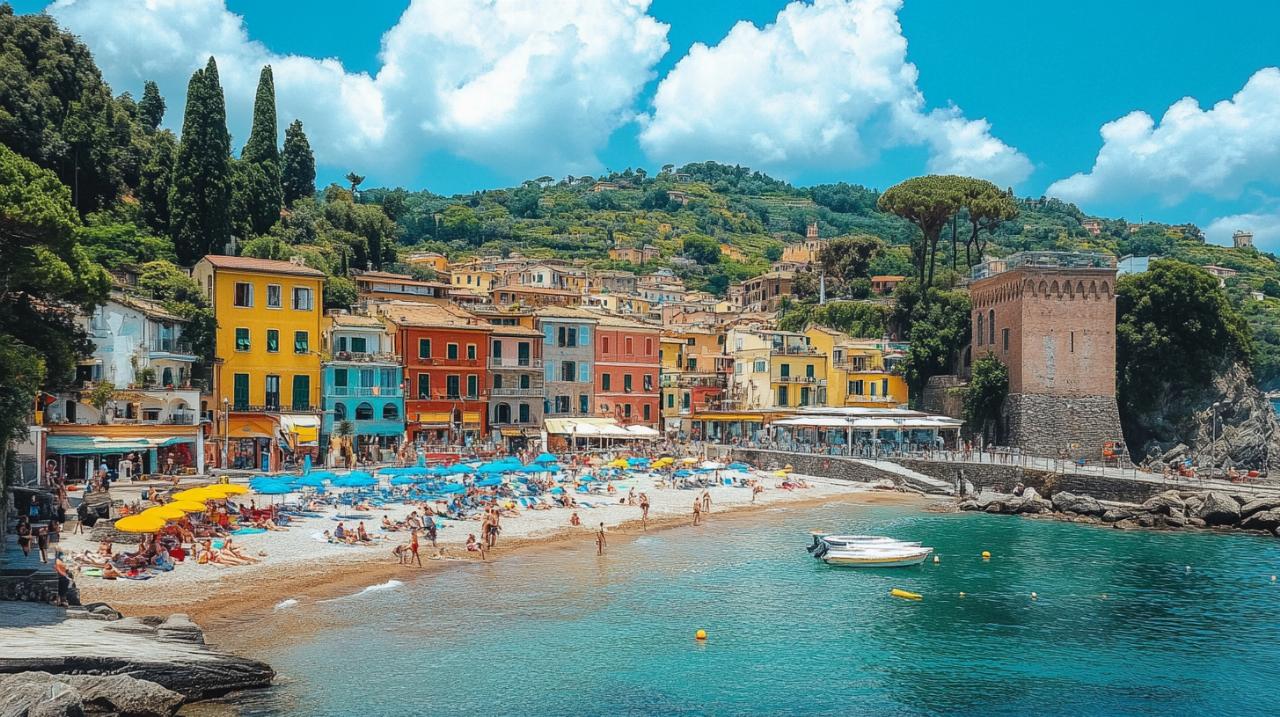 August is peak tourist season across Italy, and this heightened demand extends to wine regions, where accommodation and vineyard access can become scarce if not arranged well in advance. Booking your lodging at least eight to ten months ahead is strongly recommended, particularly if you have your heart set on a specific boutique hotel, villa, or agriturismo. Many of these properties have limited rooms and fill up quickly, especially those with exceptional views or convenient access to major wine estates. Similarly, popular wineries often require reservations for tours and tastings, and some of the most sought-after estates may have limited availability during the busiest summer weeks. Contacting wineries directly or working with a specialist travel company that focuses on wine tourism can provide access to exclusive experiences and ensure your itinerary is both seamless and fulfilling.
August is peak tourist season across Italy, and this heightened demand extends to wine regions, where accommodation and vineyard access can become scarce if not arranged well in advance. Booking your lodging at least eight to ten months ahead is strongly recommended, particularly if you have your heart set on a specific boutique hotel, villa, or agriturismo. Many of these properties have limited rooms and fill up quickly, especially those with exceptional views or convenient access to major wine estates. Similarly, popular wineries often require reservations for tours and tastings, and some of the most sought-after estates may have limited availability during the busiest summer weeks. Contacting wineries directly or working with a specialist travel company that focuses on wine tourism can provide access to exclusive experiences and ensure your itinerary is both seamless and fulfilling.
The logistics of travel within Italy also benefit from early planning. High-speed trains connect major cities efficiently, but tickets for popular routes can sell out during peak season, and booking in advance often secures better prices. If you plan to drive, arranging a rental car with air conditioning is essential for comfort, and reserving it ahead of time ensures availability. Consider hiring a private driver for your vineyard visits, as this eliminates the stress of navigating unfamiliar roads and allows you to fully enjoy tastings without concern for driving afterwards. Many wine-focused travel experts can arrange these details, along with restaurant reservations and museum tickets, which are best secured before your departure. This level of preparation transforms a potentially chaotic experience into a smooth and enjoyable journey, allowing you to focus on savouring the wines and landscapes rather than managing last-minute complications.
Managing Crowds and Making the Most of Your Tastings
The popularity of Italian wine tourism in August means that certain estates and regions will be bustling with visitors, and managing this reality is key to a successful trip. Opting for smaller, family-run wineries rather than the most famous names can provide a more intimate and educational experience, as these producers often have more time to engage with guests and share their passion for winemaking. Lesser-known wine territories, such as the Marche or smaller appellations within Piedmont and Tuscany, offer equally impressive wines and hospitality without the overwhelming crowds. Scheduling your tastings for mid-morning or late afternoon can also help you avoid the busiest times, as many tourists tend to visit during the middle of the day.
Approaching tastings with curiosity and an open mind enhances the experience significantly. Rather than rushing through multiple estates in a single day, focus on two or three visits that allow for deeper exploration and conversation. Many wineries offer guided tours of their cellars, vineyards, and production facilities, providing valuable context for understanding the wines you taste. Asking questions and expressing genuine interest often leads to more memorable encounters and occasionally access to special reserves or library wines not typically available to casual visitors. Pairing vineyard visits with leisurely meals at local restaurants, where regional wines are served alongside seasonal produce, further enriches your understanding of the terroir and culture. By embracing a slower pace and prioritising quality over quantity, you can navigate the peak season with grace and create lasting memories of Italy's remarkable wine heritage.
Essential Packing and Travel Tips for August Wine Tours
Keeping cool and comfortable during estate visits
Packing appropriately for an August wine tour in Italy is a matter of balancing style, comfort, and practicality. Lightweight, breathable clothing in natural fabrics is essential for staying cool throughout the day, and neutral colours tend to be both versatile and less likely to show the dust and stains that can accumulate during outdoor vineyard walks. A broad-brimmed hat and high-quality sunglasses are indispensable for protecting yourself from the intense sun, and a light scarf or shawl can serve multiple purposes, from covering shoulders in religious sites to providing a layer of warmth in air-conditioned spaces. Comfortable walking shoes with good support are crucial, as many estates involve uneven terrain, gravel paths, or cobblestone streets in nearby villages.
Carrying a small day bag with a refillable water bottle, sunscreen, and a portable fan or cooling towel can make a significant difference in your comfort level. Many vineyards and rural areas have limited shade, so being prepared to manage the heat independently ensures you remain refreshed and engaged throughout your visits. A compact umbrella can provide additional shade or shelter from the occasional summer shower, which, whilst rare in August, can occur in northern regions. Dressing smartly yet casually is generally appropriate for vineyard visits, as wine estates appreciate guests who respect the setting whilst remaining comfortable. By packing thoughtfully and anticipating the demands of the climate, you can move through your itinerary with ease and confidence.
Transport Options and Insurance Considerations for Travellers
Navigating Italy's wine regions requires careful consideration of transport options, as the choice significantly impacts both convenience and enjoyment. Renting a car offers the greatest flexibility, allowing you to explore at your own pace and access remote estates that may not be easily reached by public transport. Ensuring the vehicle has air conditioning is non-negotiable in August, and familiarising yourself with local driving regulations and road signs before departure prevents unnecessary stress. However, if you plan to participate in tastings, designating a non-drinking driver or hiring a private chauffeur is the responsible and safest approach. Many specialist travel companies can arrange private drivers who are knowledgeable about the regions and can offer insights and recommendations along the way.
High-speed trains provide an efficient alternative for travelling between major cities and regions, and Italy's rail network is generally reliable and comfortable. Booking tickets in advance often yields better prices and guarantees seating, particularly on popular routes during peak season. Once in a wine region, local taxis or arranged transfers can transport you between estates and accommodation. For island destinations such as Sardinia or Sicily, ferry services and domestic flights connect you to the mainland, and booking these connections early ensures smooth transitions. Travel insurance is an essential consideration, covering potential disruptions, medical needs, and personal belongings. Comprehensive policies offer peace of mind, allowing you to focus on the experience rather than worrying about unforeseen complications. Additionally, confirming that your chosen wineries offer international shipping for purchased bottles means you can acquire wines without the burden of transporting them home yourself. Thoughtful attention to these logistical details lays the groundwork for a successful and thoroughly enjoyable wine tour through Italy's most cherished regions.

